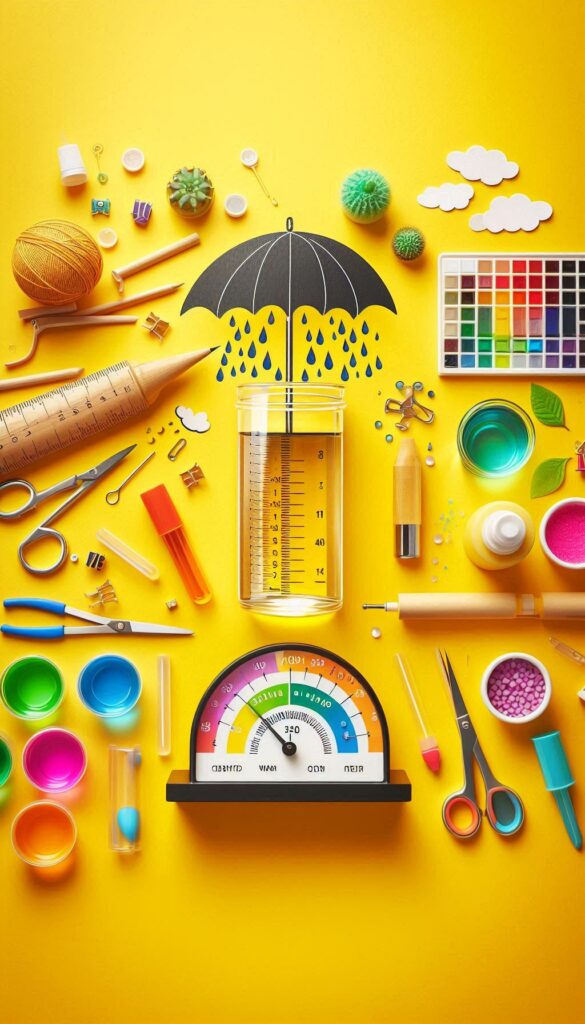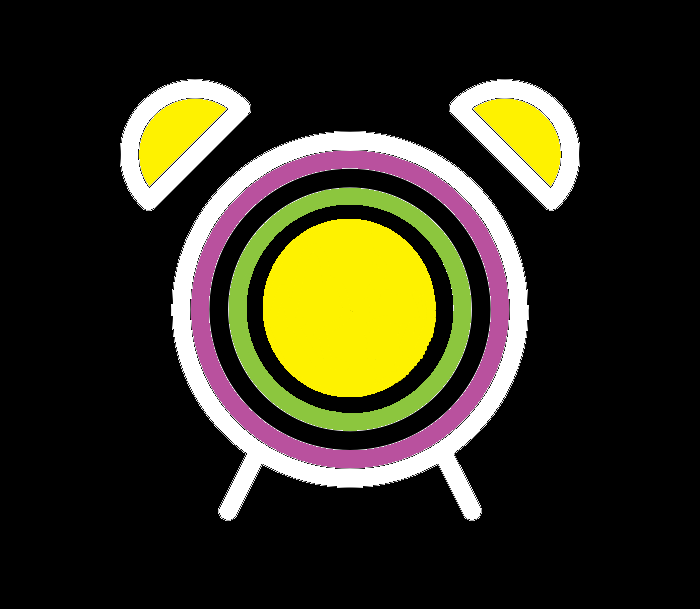Crafting Clouds: A Rain Gauge Experiment for Young Meteorologists
Welcome to our little corner of the web, where science and fun merge to create learning experiences for the entire family! Today, we’re diving into a hands-on activity that not only promises a splash of excitement but also showers us with knowledge. It’s time to craft our very own rain gauge and become backyard meteorologists!
This experiment is a wonderful way to introduce children to the wonders of weather observation. With a few simple materials, you can set up a station to measure rainfall, which can be an engaging way to track and record the weather patterns right outside your window. It’s a project that combines crafting skills with scientific inquiry, making it a perfect blend for curious minds.
Meteorology, the branch of science concerned with the processes and phenomena of the atmosphere, especially as a means of forecasting the weather, is at the heart of this experiment. By measuring precipitation, we’re participating in a fundamental meteorological practice. This activity provides a tangible connection to the water cycle and helps explain how scientists collect data to predict weather and study climate patterns.
Now, let’s talk about materials. If you don’t have the exact items listed, no problem! Here are some creative substitutions:
– Instead of a 2-liter plastic bottle, any large clear plastic container will do.
– No scissors? A craft knife (with adult supervision) can work.
– Swap out duct tape for any sturdy waterproof tape.
– In place of sand, use small pebbles or gravel to weigh down your gauge.
– Any permanent marker can take the place of a Sharpie.
– Lastly, if you don’t have a ruler, any measuring tool with centimeter markings will suffice.
This experiment is ideal for children aged 7 and up, with adult supervision for the cutting and marking stages. Preparation takes about 10 minutes, and once set up, the rain gauge provides ongoing engagement. Results can be immediate during rainfall, or you can measure cumulative precipitation over a set period, like a week or a month, to observe and discuss the changes.
So, grab your makeshift materials and let’s start measuring those raindrops! It’s a fantastic way to bring science to life and inspire the next generation of weather enthusiasts. Happy experimenting!

Rain, Rain, Don’t Go Away Rain Gauge
Ingredients
INSTRUCTIONS
-
Click here for the full experiment details. Checkout the main website: Science Fun for Everyone!
-
Get experimenting!
-
Feed your knowledge.
-
Come back for more recipes for science!



